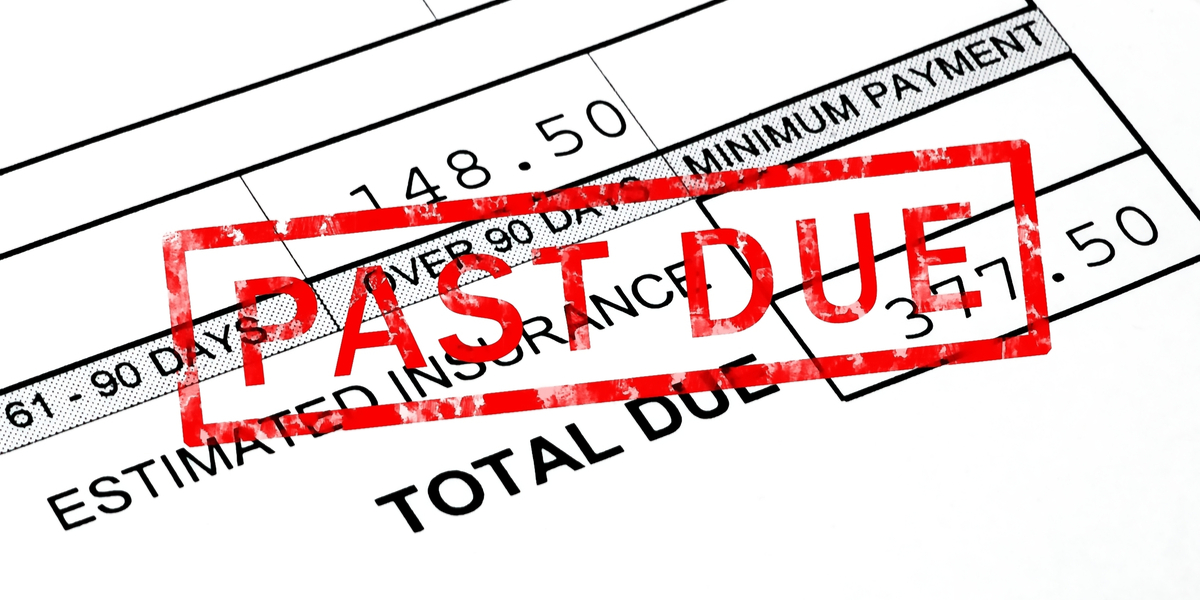Need Emergency Financial Help? 7 Tips to Deal with a Financial Crisis
Have you endured financial problems? Well, sorry to say, if you haven’t yet then you will. 4 out of 5 Americans will face financial hardship.
Why are financial problems so common? Many different factors point to this.
Unemployment, minimum wage and other underpaid positions force Americans to not afford saving or budgeting. This is why many Americans live in the poverty line and are forced to accept welfare and food stamps.
Financial problems can easily cause feelings of stress and even depression. But you always have options. If you need financial help, use these 8 tips to get you back on your feet.
1. Don’t Overspend During Times of Financial Crisis
Many Americans can’t keep a budget. While not making enough money is one of them, another culprit is not knowing when to stop spending.
In 2017, Americans racked up $92.2 billion worth in credit card debt! And it’s not surprising why. We live in a society where stores, restaurants, and other specialty goods are shoved in our faces.
If you’re in a financial crisis, cut back on your spending. Make your money only go toward necessities, such as bills and groceries. Use any extra money toward your savings.
2. Find a Pattern
Is this your first financial crisis? Or are you one of those people who can’t afford anything?
If you’re in the latter, there’s probably a pattern you’re digging yourself into.
If you’re in severe credit card debt, look at how much you’re making versus how much you need to spend. If you don’t spoil yourself with consumer goods and can’t afford basic bills, you’re not making enough money.
Do you always find yourself in the hospital and you get a hefty medical bill? Try switching health insurance or opt to visit a cheaper clinic instead of the ER.
When you identify the source of your financial hardships, you can find a solution.
3. Take Baby Steps
Unfortunately, you can’t wish your financial troubles away. Coming to an immediate solution may not always be easy, especially if you’re thousands in debt.
But you won’t suffer from financial stress forever. Rather than think of the big picture, take baby steps to improve your financial situation.
A good example is finding a way to increase your income. See if you can find a new job, ask for a raise, or get a second job.
4. Keep Tabs on Your Bank Account
Have you heard the song “I’m Too Scared to Check My Bank Account?” This is a song many people can relate to. But you need to face the dragon and check your bank account daily.
This is a great idea for two reasons. Checking your bank account will help you keep better tabs on your money during this financial hardship. You’ll also gain a better knowledge of budgeting and prevent overspending.
For example, if you have $2,000 in your account but need $1,400 toward your rent by next week, you’ll only have $600.
This may seem like a lot, but you’ll need to use that money toward your crisis, want to use put some of that in your savings and use that money toward groceries and gas for the week.
Thinking this way, this prevents you from going out with friends or buying expensive smoothies every day.
5. Write Things Down
Writing is more powerful than we can imagine. When we have financial stress stuck in our head, it makes us feel negative. When we put it in words and write it on paper, those stresses escape our mind and they have an outlet.
Start keeping a daily finance journal. You should start by writing your plan to overcome your financial crisis.
You can keep a spending log of how much you’re spending each day to track your spending. Or, you can just write about how financially stressed you are.
Writing will help take some of the stress away and will help you look at your problems in a logical manner.
6. Reduce Your Expenses
You may love your car and your iPhone, but you have other important expenses to attend to. When you’re stuck in a time of financial hardship, do what you can to reduce your expenses.
Find anything you can sell. This can include a gaming console, jewelry, or anything else you can get a couple hundred of dollars for.
Then, take a look at your monthly expenses. Trade in your smartphone for a cheaper phone and cell phone plan. Then, sell your car or trade your hot sports car in for a cheaper car. See if you can downgrade your apartment.
Reducing these expenses will keep extra money aside so you can better handle your financial crisis.
7. Save, Save, Save!
Are you doing great at budgeting and limiting your expenses? If so, it’s tempting to put all of that money toward your financial crisis.
But hold on! What if you endure another financial crisis again? You won’t have any money before you spent the extra money you had.
Instead, put a percentage of your earnings toward your savings.
In a perfect world, you should save 20% of your income. That means if your yearly salary is $40,000 then you should have $8,000 in your savings account.
In other words, you need to save almost $170 out of your paycheck every week – and you likely can’t afford that if you’re in a financial crisis.
In this case, save something. If you can only save $10 each paycheck, you’ll still have $40 or even $50 extra at the end of the month. This is enough for several nights worth of dinner.
As long as you save a tiny bit of money, you’ll still be better off than if you never saved at all.
Do You Still Need Financial Help?
If you’re in financial help, consider writing a hardship letter. This explains why you’re in financial distress and what you can do to resolve it.
For more help, take a look at our hardship letter examples.








